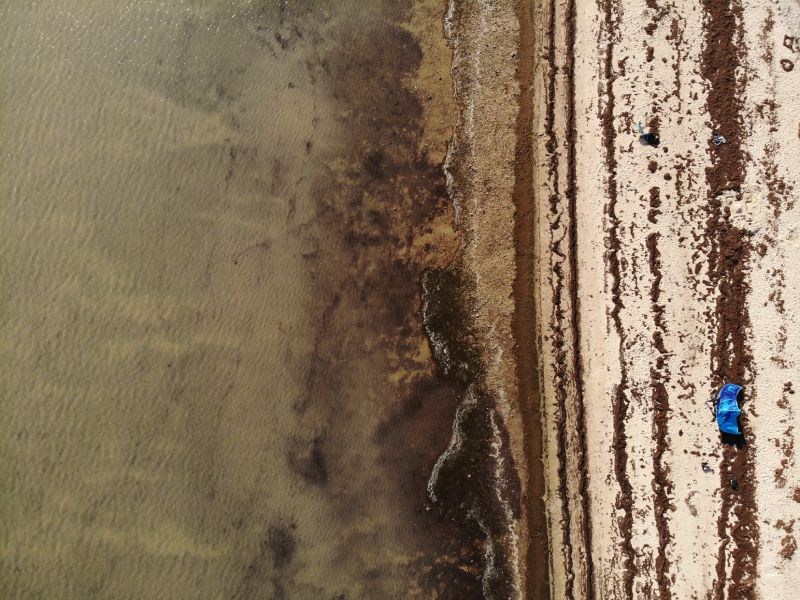Flooding can be a devastating experience, particularly in Singapore’s humid climate where mold growth can quickly become a serious issue. Mold not only damages property but can also pose significant health risks. Therefore, it’s crucial to act swiftly to prevent mold growth after flooding. Here are some expert tips to help Singapore residents protect their homes and health.
Act Quickly
Time is of the essence when it comes to mold prevention. Mold can begin to grow within 24 to 48 hours after water exposure. As soon as it’s safe to do so, start the clean-up process with the help of expert water damage restoration service. Remove any standing water using pumps or wet vacuums. The faster you can eliminate excess moisture, the better your chances of preventing mold.
Ensure Proper Ventilation
Good airflow is vital to drying out your home and preventing mold. Open windows and doors to promote ventilation. Use fans, if available, to increase air circulation. For enclosed areas, consider using air movers or industrial fans, which can be rented from local hardware stores.
Use Dehumidifiers
Singapore’s high humidity levels can exacerbate mold problems. Dehumidifiers are essential tools for reducing indoor humidity levels. Place dehumidifiers in the most affected areas to draw moisture out of the air and expedite the drying process. Aim to keep indoor humidity levels below 60%.
Remove Wet Materials
Wet materials such as carpets, rugs, upholstery, and drywall can harbor mold spores. Remove these items from the affected area as soon as possible. Discard any items that cannot be thoroughly cleaned and dried. For valuable or sentimental items, consult a professional restoration service.

Clean and Disinfect
Thorough cleaning and disinfection are crucial to prevent mold growth. Use a mixture of water and detergent to clean all surfaces that came into contact with floodwater. After cleaning, apply a disinfectant to kill any remaining mold spores. Be sure to follow the instructions on the disinfectant label for effective use.
Dry the Area Completely
Ensure that all areas are completely dry before starting any restoration work. This includes hidden spaces such as behind walls and under floors. Use moisture meters to check for residual moisture in these areas. Professional drying equipment, such as commercial-grade dehumidifiers and air movers, may be necessary for thorough drying.
Inspect and Repair
Inspect your home for any damage that may contribute to future mold problems. Look for cracks in the foundation, leaks in the roof, or damaged pipes that could allow water intrusion. Repair these issues promptly to prevent further water damage and mold growth.
Use Mold-Resistant Products
When rebuilding or repairing your home after a flood, consider using mold-resistant products. These include mold-resistant drywall, paint with mold inhibitors, and treated wood. These materials can help reduce the likelihood of mold growth in the future.
Monitor for Mold
Even after taking all these precautions, it’s important to remain vigilant for signs of mold. Regularly inspect your home for any musty odors, visible mold, or water damage. If you detect any signs of mold, address them immediately to prevent further spread.
Consult Professionals
In severe cases, it’s best to consult with mould treatment Singapore professionals. They have the expertise and equipment to thoroughly clean and restore your home. Professional services can also provide peace of mind, ensuring that all mold is effectively removed and preventive measures are in place.
Preventing mold growth after flooding requires prompt and thorough action. By following these expert tips, Singapore residents can protect their homes and health from the dangers of mold. Remember, the key is to act quickly, ensure proper drying, and take preventive measures to avoid future mold problems.